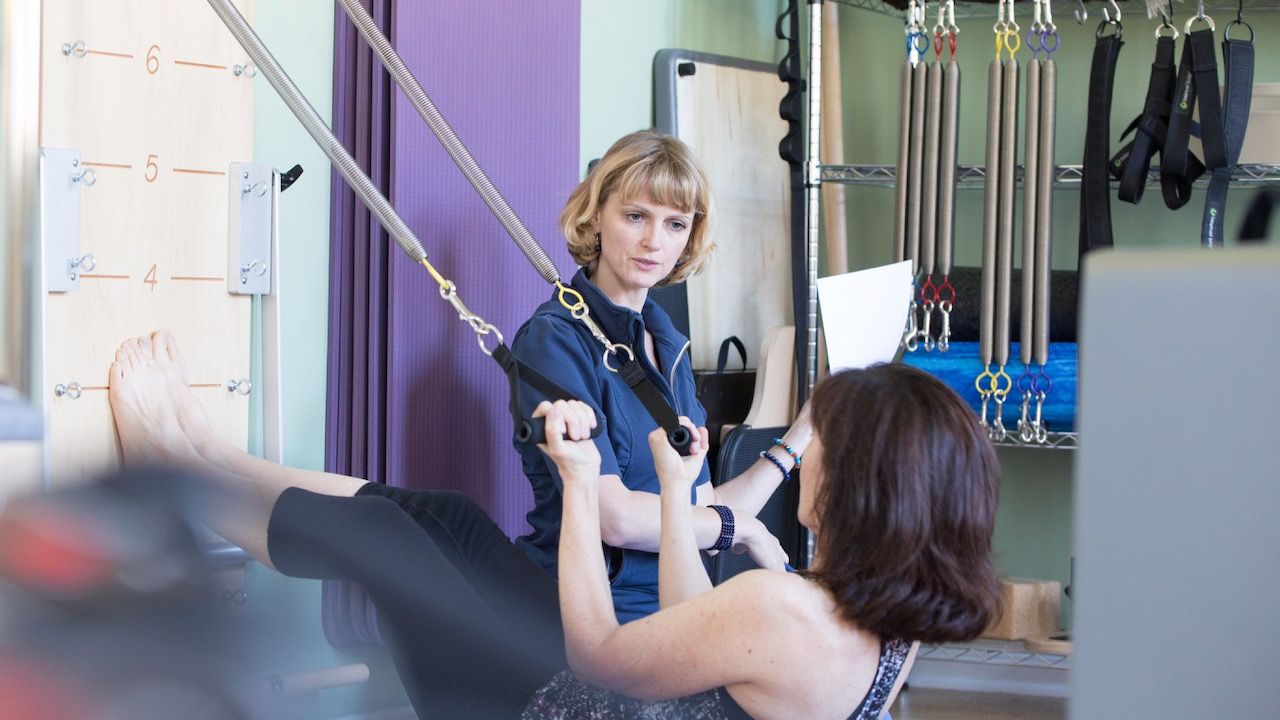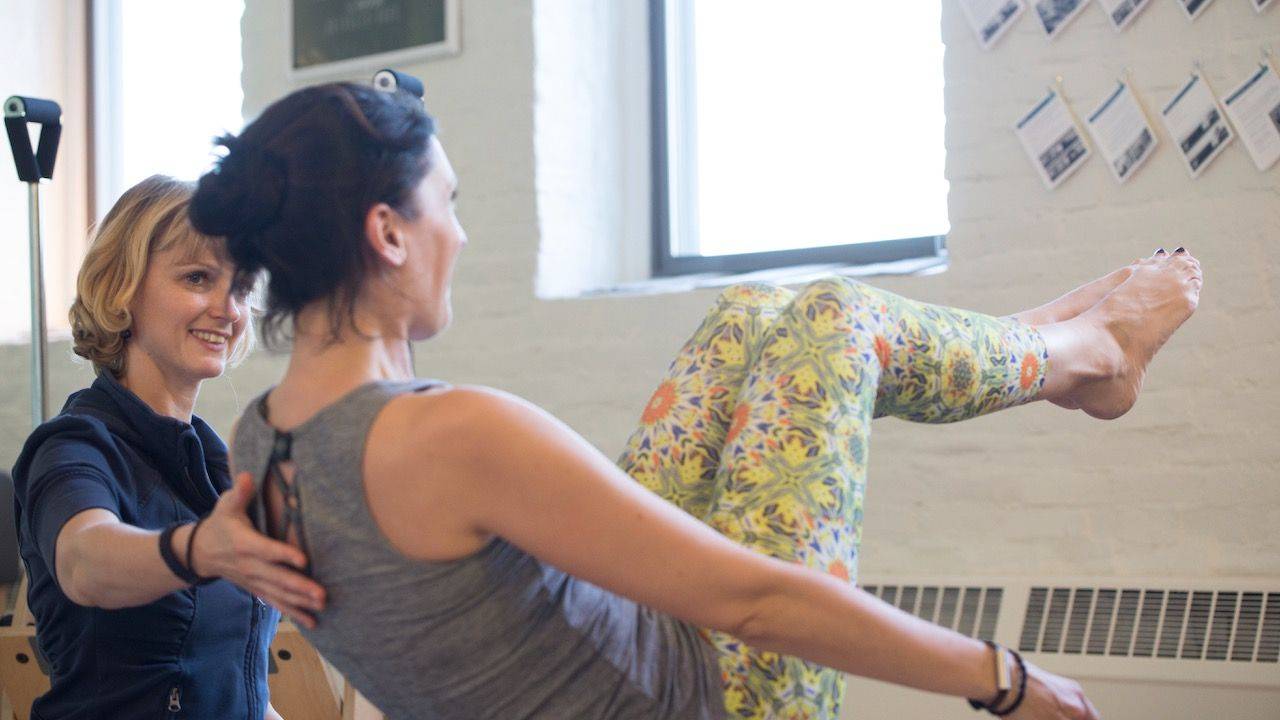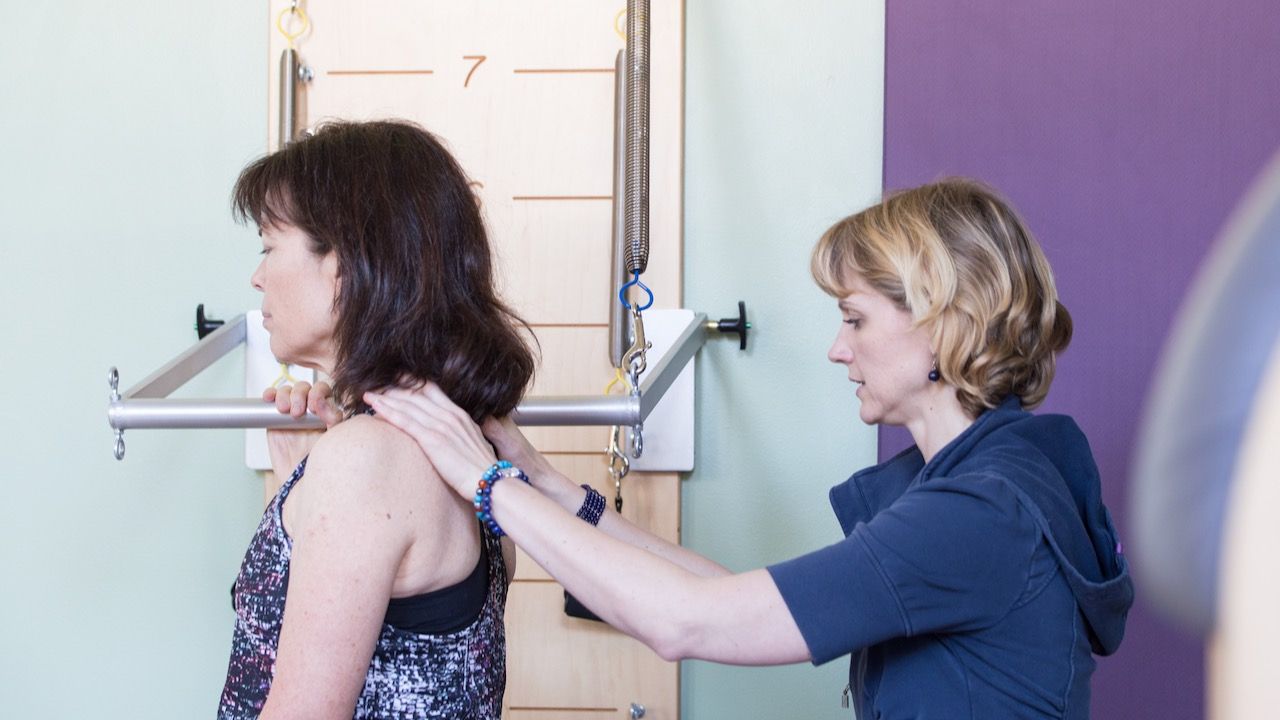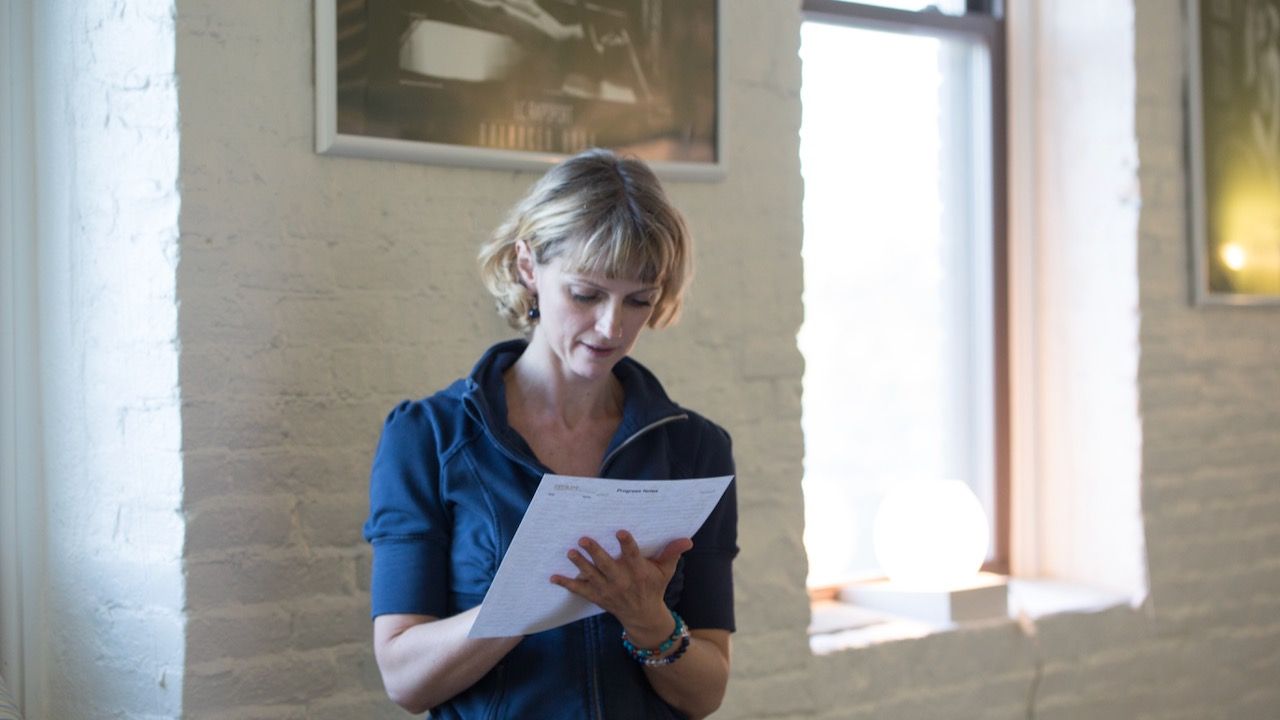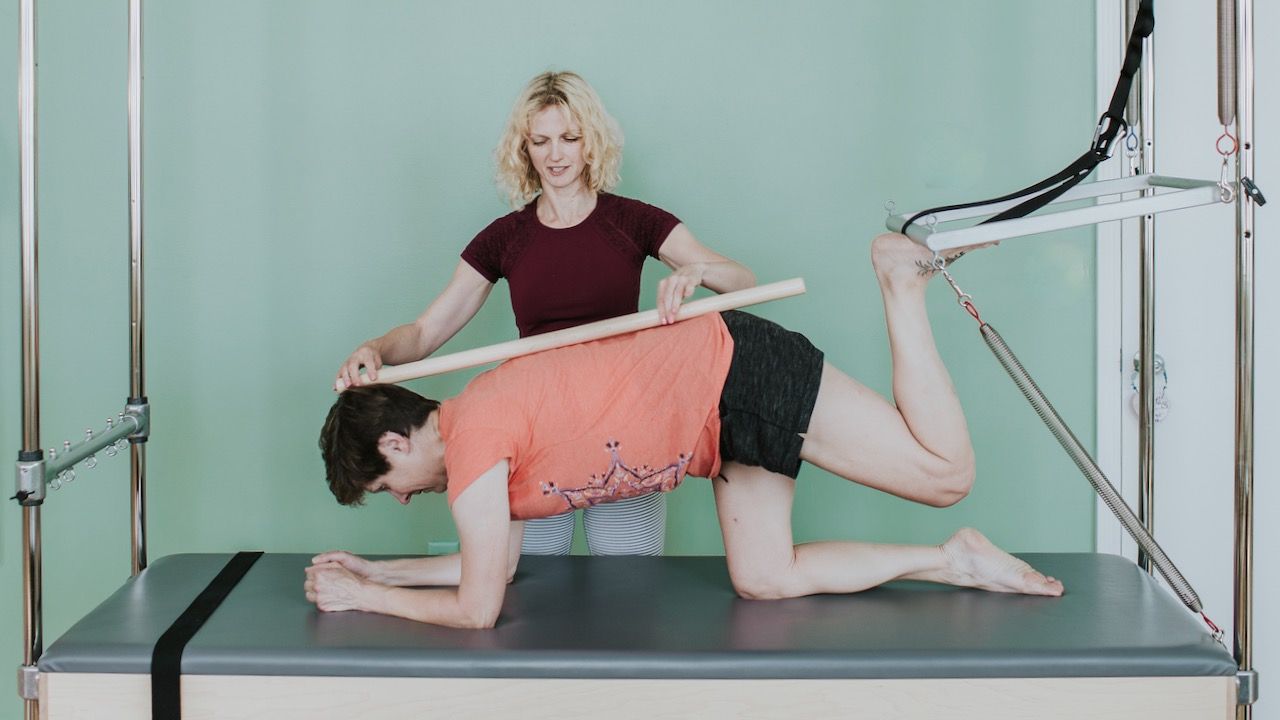
Arthritis versus Osteoporosis
Dec 07, 2016I recently received this question from one of my members:
I know arthritis is not the same as osteoporosis, but it does affect the joints. Would flexion and/or extension be limited for someone with arthritis? Perhaps should I suggest they take a Buff Bones class?
Arthritis is in fact different from osteoporosis. Osteoporosis means that bone density is low. Arthritis means that there is inflammation in the joint space, but the bones themselves might be healthy. Joints are made up of two bones, of course, but the space in between the two bony parts that make up the joint might be healthy.
These are really two different problems that have to be managed differently. A person with osteoporosis can also have arthritis and a person with arthritis can also have osteoporosis. Or not. Each person is different.
For somebody with low bone density the general recommendation is to avoid spinal flexion specifically thoracic flexion, but encourage extension. They also should limit end range movements of lateral flexion and rotation of the spine.
The recommendations for arthritis are gentle joint movements in all directions which will lubricate the joints, and help calm down the pain caused by the inflammation. It would be helpful to watch for joint congruency to not aggravate the already inflamed joint space. People with arthritis should move in all directions, but not work too hard. People with osteoporosis, should work hard but not in all directions. They need to build muscle strength to help balance the lack of bone strength. These are actually opposing recommendations.
Finally, to answer your question whether a Buff Bones class would be appropriate for somebody with arthritis, I would say “It really depends on the person.” Each individual’s level of arthritis is different. If someone for example has severe arthritis is in their fingers and knuckles, then weight-bearing or holding on to props or equipment with the hands might be really difficult. But a Buff Bones class can be a good choice for someone with arthritis, as long as they back off if they feel pain, and generally avoid overexertion. Give them permission to take breaks.
As you know, Pilates is meant to be individualized. It’ll be good for you and your student to inform her why you make these specific recommendations. Most students think all exercise is the same, and don’t want to be singled out in a class. It’s important to back up your instructions with a good reason.
Related: Pilates Exercises for Low Bone Density
Inside the Pilates Encyclopedia membership, we have a whole chapter called “Pilates Protocols” in which we list appropriate exercises for injuries and pathologies.
Hope that was helpful.

Get support with your day-to-day teaching challenges
Ready to Teach Pilates with Clarity and Confidence?
Sign up to receive my weekly email newsletter. It's jam-packed with Pilates articles, videos, exercise tutorials and teaching tips.
Only super valuable stuff here. No spam ever. Unsubscribe any time.








